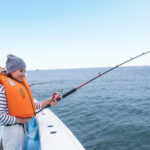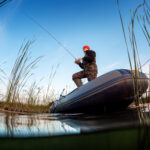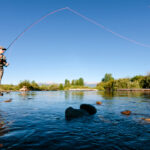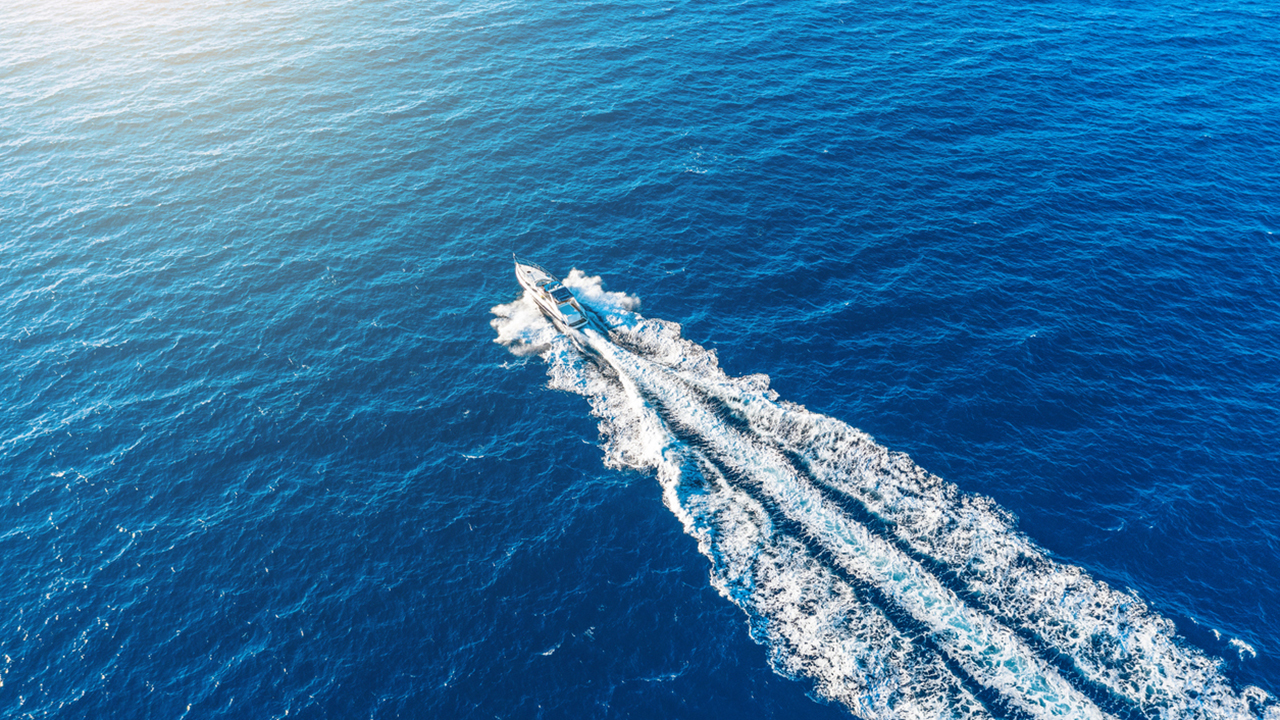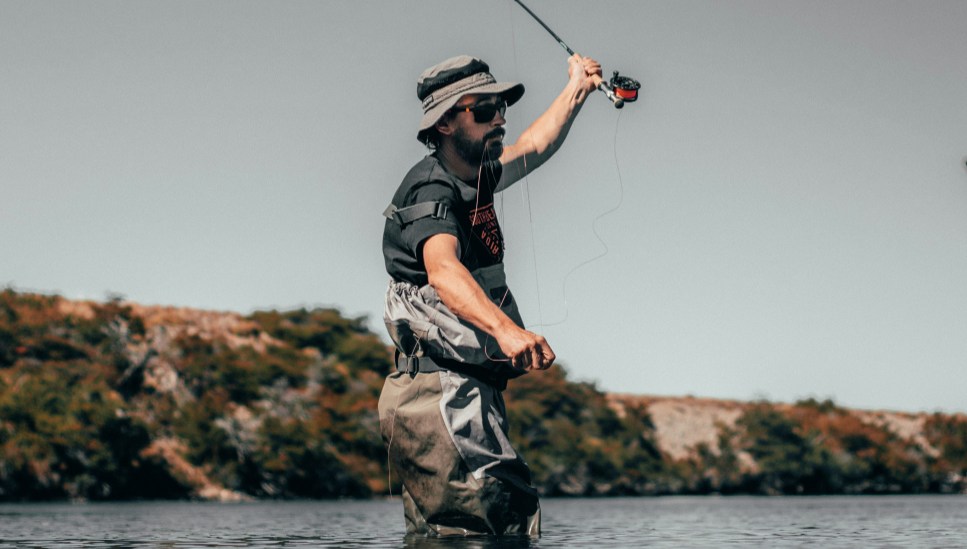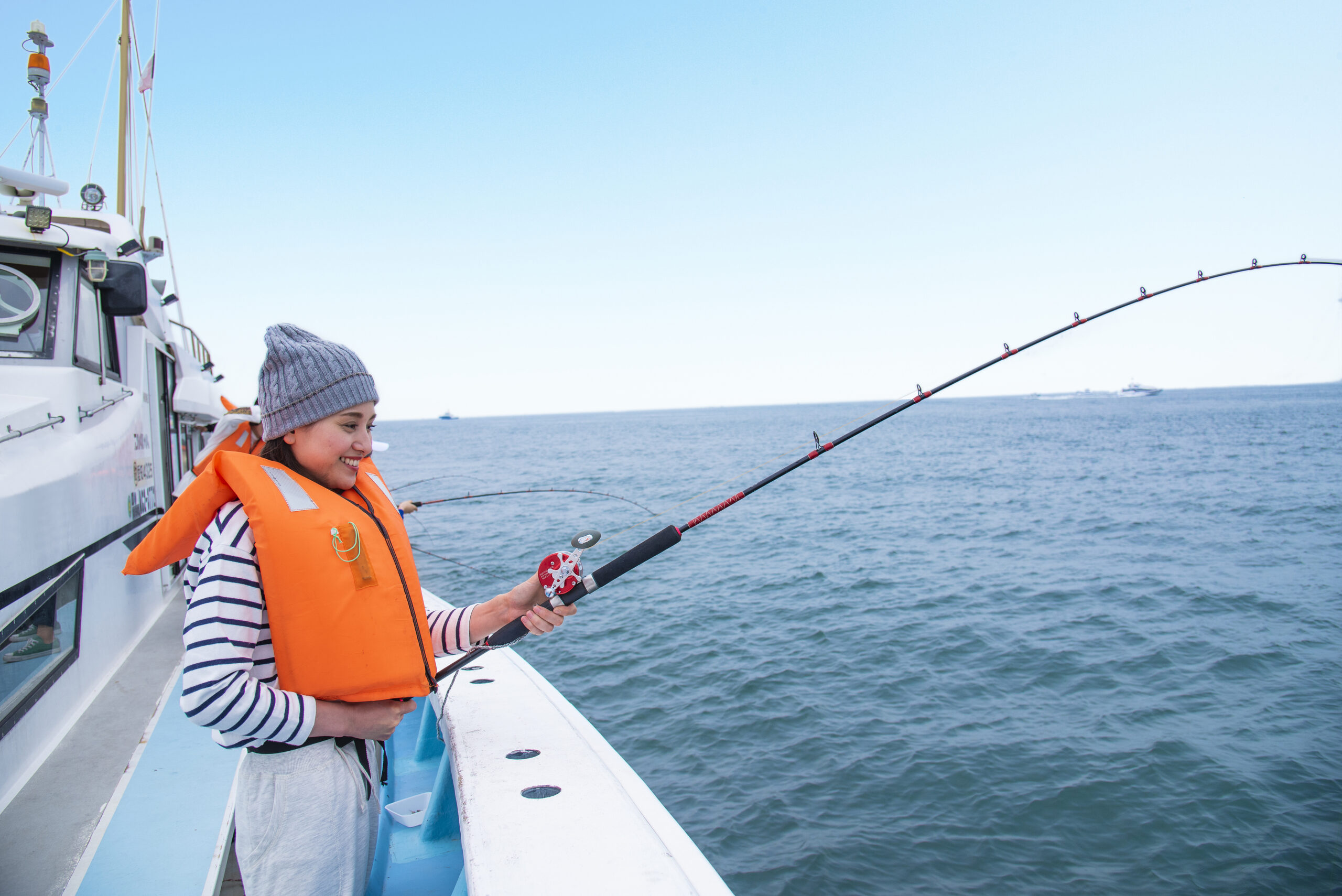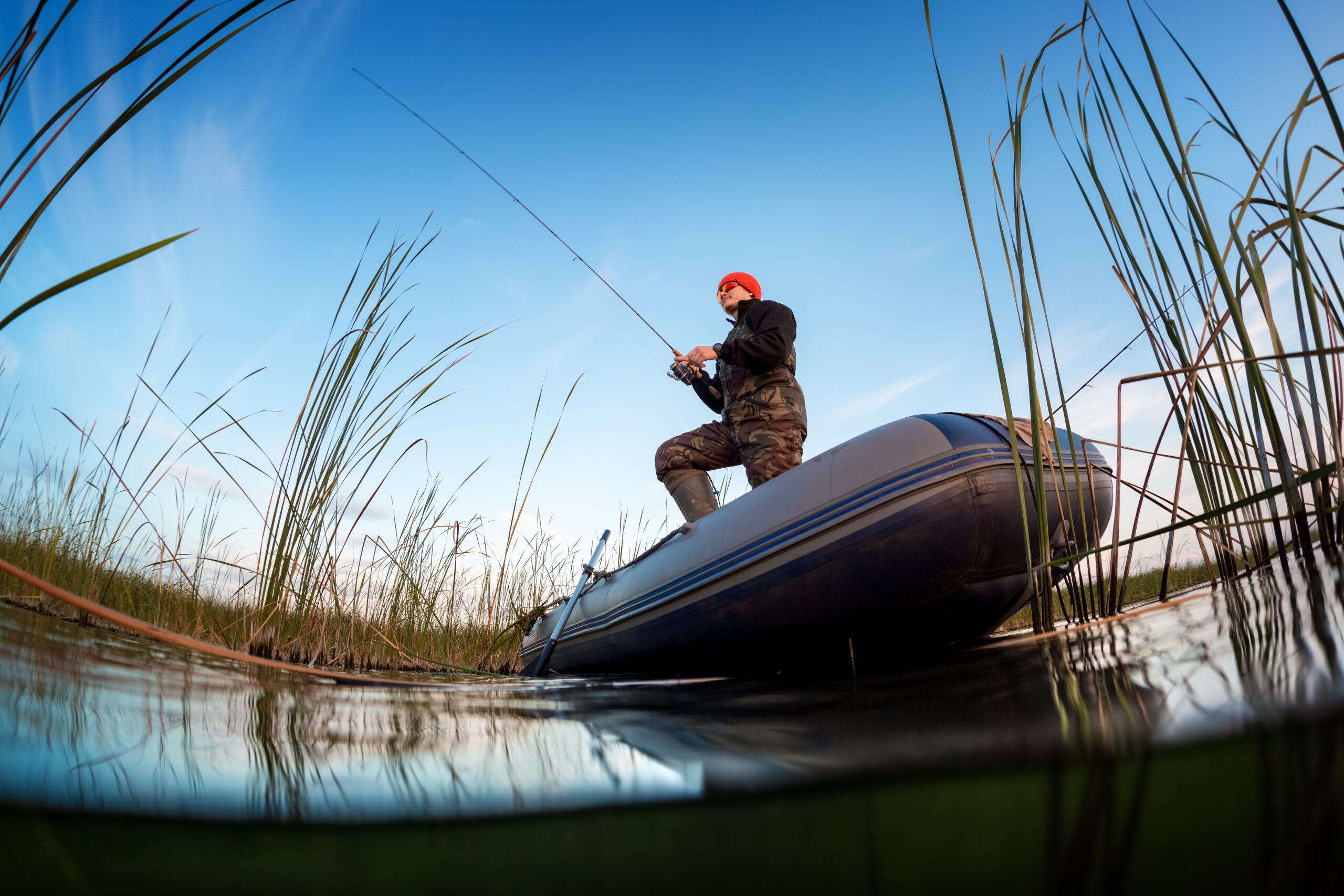Boating is one of the most exhilarating outdoor activities—whether you’re out on the water fishing, water skiing, or simply soaking in the views. However, for some, the joy of being on the water can quickly turn into discomfort when seasickness hits. This condition occurs when there is a mismatch between what your eyes see and what your inner ear senses, leading to nausea, dizziness, and headaches. Fortunately, there are several ways to manage or prevent seasickness, ensuring that you can fully enjoy your time on the boat.
1. Be Prepared: Awareness Is Key
The best way to deal with seasickness is to be proactive. If you know that you’re prone to motion sickness in general—whether it’s from car rides, airplane travel, or amusement park rides—chances are you might be more susceptible to seasickness as well. Recognizing this potential problem before you set sail can help you take preventive measures and reduce the chances of feeling ill once you’re on the water.
Know Your Limits
Many people who get motion sick also experience symptoms while trying to read or focus on something close to their eyes. This is because their eyes are receiving visual input that contradicts the sensory signals coming from their inner ear. If you are someone who struggles with motion sickness, you can prepare yourself by learning about different remedies or tools that could help.
2. Check the Weather: Think Ahead
Seasickness is often exacerbated by choppy waters. Before heading out, check the forecast. If you know that the waters will be rough or there will be gusty winds, it might be best to delay or reschedule the trip for a calmer day. When the seas are calm and the weather is favorable, your chances of avoiding seasickness are significantly improved.
3. Before Boarding: A Little Prep Goes a Long Way
Eat Light and Stay Hydrated
Before boarding, try to have a light meal. Avoid heavy, greasy, or spicy foods that could make nausea worse. Also, staying hydrated is crucial, as dehydration can contribute to seasickness symptoms. Bring water with you, and sip it regularly throughout the trip.
Consider Remedies
There are several remedies available for seasickness, including wristbands, patches, and medications. For example, anti-nausea wristbands use acupressure to relieve symptoms, while medication like Dramamine can be very effective. Always check with your doctor before trying a new remedy, especially if you have any pre-existing conditions or are on other medications. If you choose to use medication, remember that most require you to take them at least an hour before embarking on the trip for maximum effectiveness.
4. During the Boat Ride: Small Changes, Big Impact
Choose Your Spot Wisely
If possible, try to board a boat with a lower deck, especially if it’s a large vessel. The higher you are on the boat, the more you will feel the rocking motion, which can increase your chances of seasickness. The lower decks, typically closer to the waterline, experience less motion, helping you feel more stable.
Fresh Air Is Your Friend
Once on the boat, head to the front or the sides of the boat where there’s fresh air. Staying away from the areas where other people might be feeling sick will help you avoid the added psychological stress of seeing others struggle. The breeze and the wide-open space will also help ease your symptoms.
Keep Your Eyes on the Horizon
One of the most effective ways to combat seasickness is by focusing on a stable point on the horizon. Your brain will be able to reconcile the motion you feel in your inner ear with what your eyes see. Looking at the horizon helps align the signals sent from your eyes and inner ear, making it easier for your body to adjust to the motion of the boat.
Avoid Distractions
Reading, texting, or scrolling through social media on your phone while on the water can make seasickness worse. Focusing on a screen or other nearby objects can further confuse your brain, worsening the feeling of nausea. Instead, try to engage with the world around you, take in the scenery, or converse with your fellow passengers.
5. Trial and Error: Finding What Works for You
One of the most important things to remember is that everyone is different. What works for one person may not work for another. For example, during a chartered fishing trip in the Gulf of Mexico, a friend and I took very different approaches to dealing with seasickness. While I enjoyed the salty breeze at the front of the boat and kept my eyes on the horizon, my motion-sickness-prone friend stayed in the crowded galley near the back of the boat, indulging in chili dogs to ease his discomfort (a method that was more experimental than effective).
Finding the right strategy to combat seasickness often requires a bit of trial and error. You may need to experiment with different spots on the boat, remedies, or even dietary adjustments until you find what works best for you. Each boat trip provides a new opportunity to fine-tune your approach.
Conclusion
Seasickness can easily ruin what would otherwise be an enjoyable day on the water. However, with the right preparation, you can significantly reduce your chances of feeling sick. Whether it’s checking the weather forecast, eating light and staying hydrated, or focusing on the horizon, there are many ways to prevent seasickness. Don’t let the fear of nausea keep you from enjoying your boating experience—being aware of your body’s needs and taking a proactive approach can make all the difference in ensuring a smooth, enjoyable ride.



